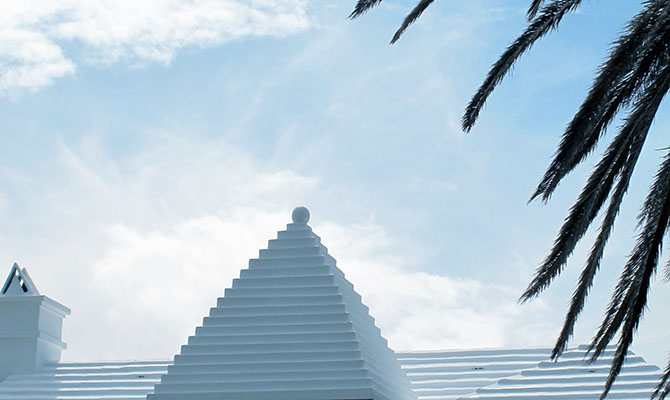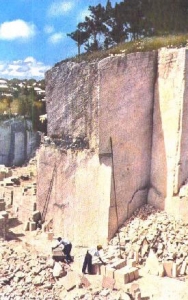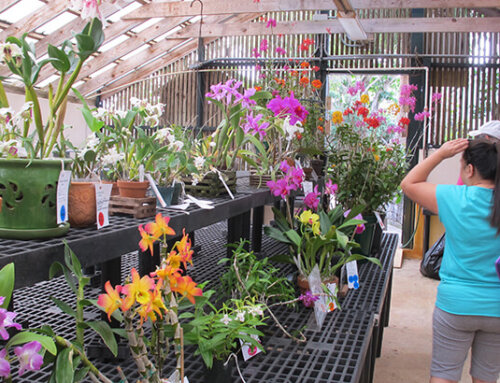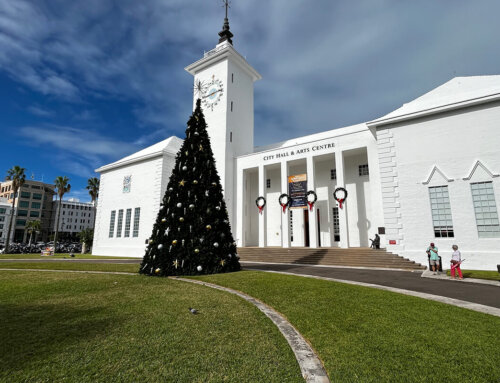Bermuda architecture today refers to the style, not the construction. It follows closely the style often referred to as British Colonial, found throughout the Caribbean (800 miles to the south) Then, much of the construction was local, including the limestone (instead of concrete block), all roof slates, and native cedar wood. Nowadays, all construction workers in Bermuda must by law be Bermudian, and the concrete block and some roof slate they use is made locally. But practically everything else – such as wood timbers and tools they use – is imported. Native cedar wood, which once supplied roof slates, structural supports and an impressive range of locally made heavy and light furniture, is now both rare and expensive, heavily decimated during the blight of cedar trees that began circa 1948.
Bermuda architecture began as English stone architecture of the mid 17th century, modified to suit local environmental or building conditions and is known as UK colonial architecture. It is basically the same kind used in the Bahamas and other Caribbean islands too. When the modification – use of Bermuda limestone – was the main ingredient, local homes large and small had some uniqueness. Now that Bermuda limestone is no longer used, much of the uniqueness has gone. Nowadays, Bermuda homes and cottages not built of Bermuda limestone look pretty much the same as many homes in the Bahamas, Florida, Georgia, North and South Carolina and the stone buildings in the islands of the Caribbean 900 miles to the south of Bermuda.
Smaller, older, private dwelling homes are basically English cottages, built by the original settlers and adapted to the specific and unique conditions existing in Bermuda, such as the limestone shown below. Larger Bermuda homes, including many properties now hotels, are also mostly English in architecture too, more in the line of mansions instead of cottages, in some cases, instead of English, along the lines of Scottish manses. Local Legislation protects 800 historically important buildings built of Bermuda stone from 1619. There are many handsome examples of stately 17th and 18th century homes. Bermuda’s historic homes follow closely the storeys and rooms of British Colonial. There are still quite a few of them still standing island-wide, not only in the Town of St George. But there are very few, if any, listed farmhouses and farm buildings because Bermuda long ago gave up agriculture as a principal economic exportable crop. By UK and USA standards there are no period terraced houses in the Town or City of Hamilton. They must be white roofed and painted in pastel hues, with paint and sealer approved by the Chief Medical Officer of the Bermuda Government. But they have been perfected for local conditions by Bermudians.
Once – but no longer – most buildings in Bermuda were made inside and out of native coral limestone sawn from the ground, from a quarry. As shown in photo. No other building material was available for over 350 years. Some Bermuda homes feature stone for the house quarried on that same site, (for example, The property known as The Quarries on Pitt’s Bay Road in Pembroke Parish). It was also used for internal walls because local cedar and palmetto roofs could not withstand mid Atlantic storms. The roofs were made of inch thick local shingle limestone slates and laid on over cedar beams. They were – and still are – in terraced layers to make rain water fall into a water tank built underground but as part of the house and its foundations. One of the most famous of local architects is Will Onions. In all his designs, he reflected the traditional spirit of the well-proportioned Bermuda home with external chimneys and buttresses, Flemish gables, low overhanging eaves, top-hung shutters, U-shaped courtyards and butteries, a large drawing room with fireplace and wooden floors, dining room with fireplace, a master bedroom with fireplace, additional bedrooms likewise, French doors from the master suite and the living room that opened onto a large porch with loads of character; and, whenever possible, furniture made from Bermuda cedar. Today, and since the 1950s, concrete block has largely replaced the limestone, which has become very scarce and also very expensive. But concrete block is not as porous as limestone. With concrete block, homes today are hotter in summer than the older type and need to be air conditioned (very expensively compared to North America and Europe) in ways never needed in the old days.







